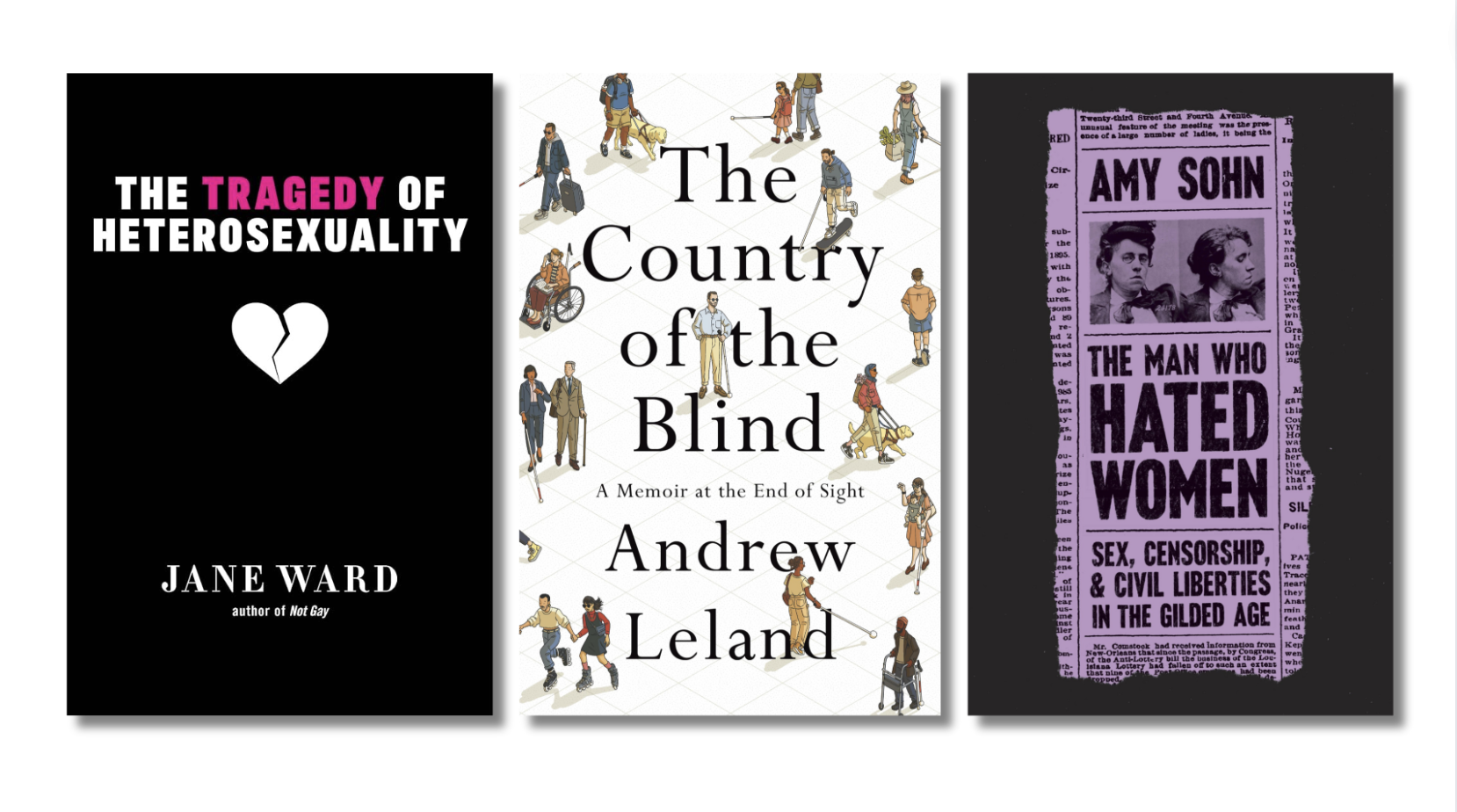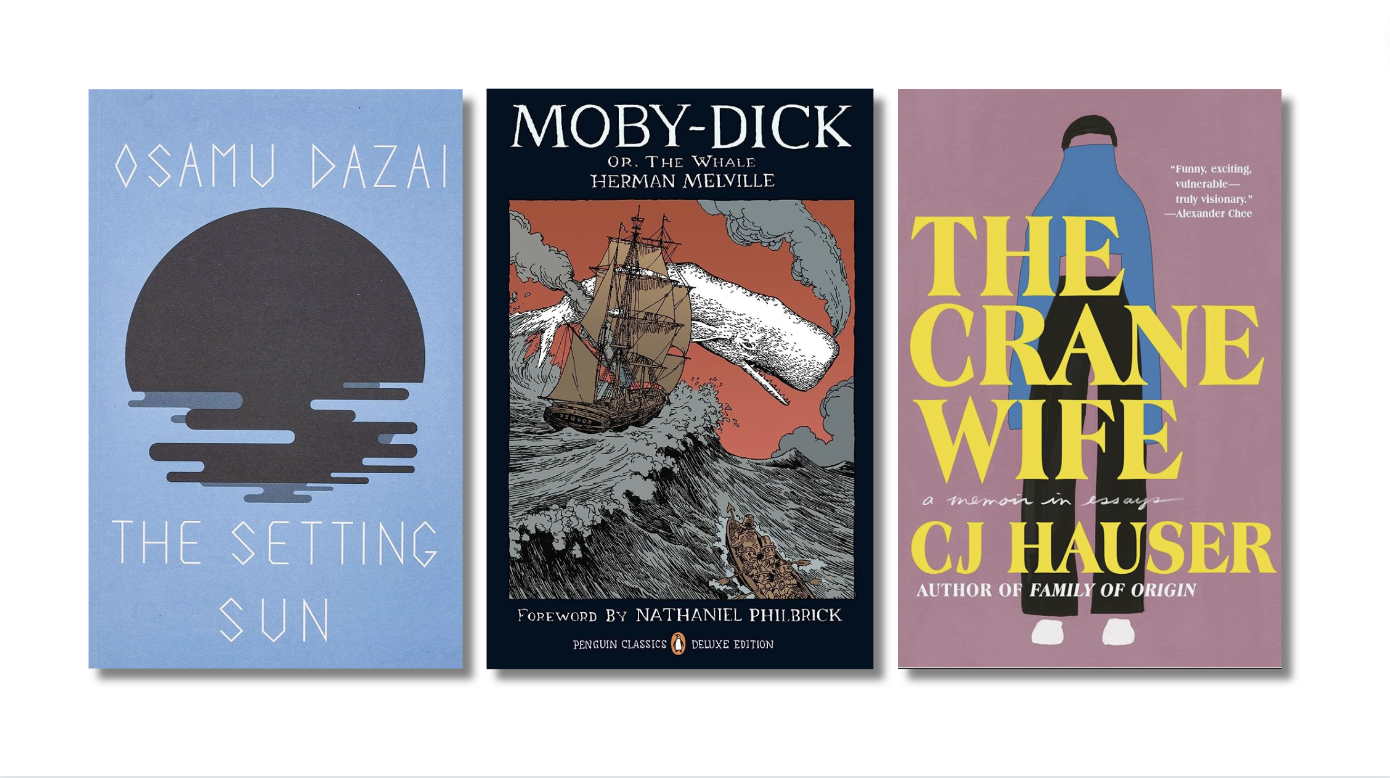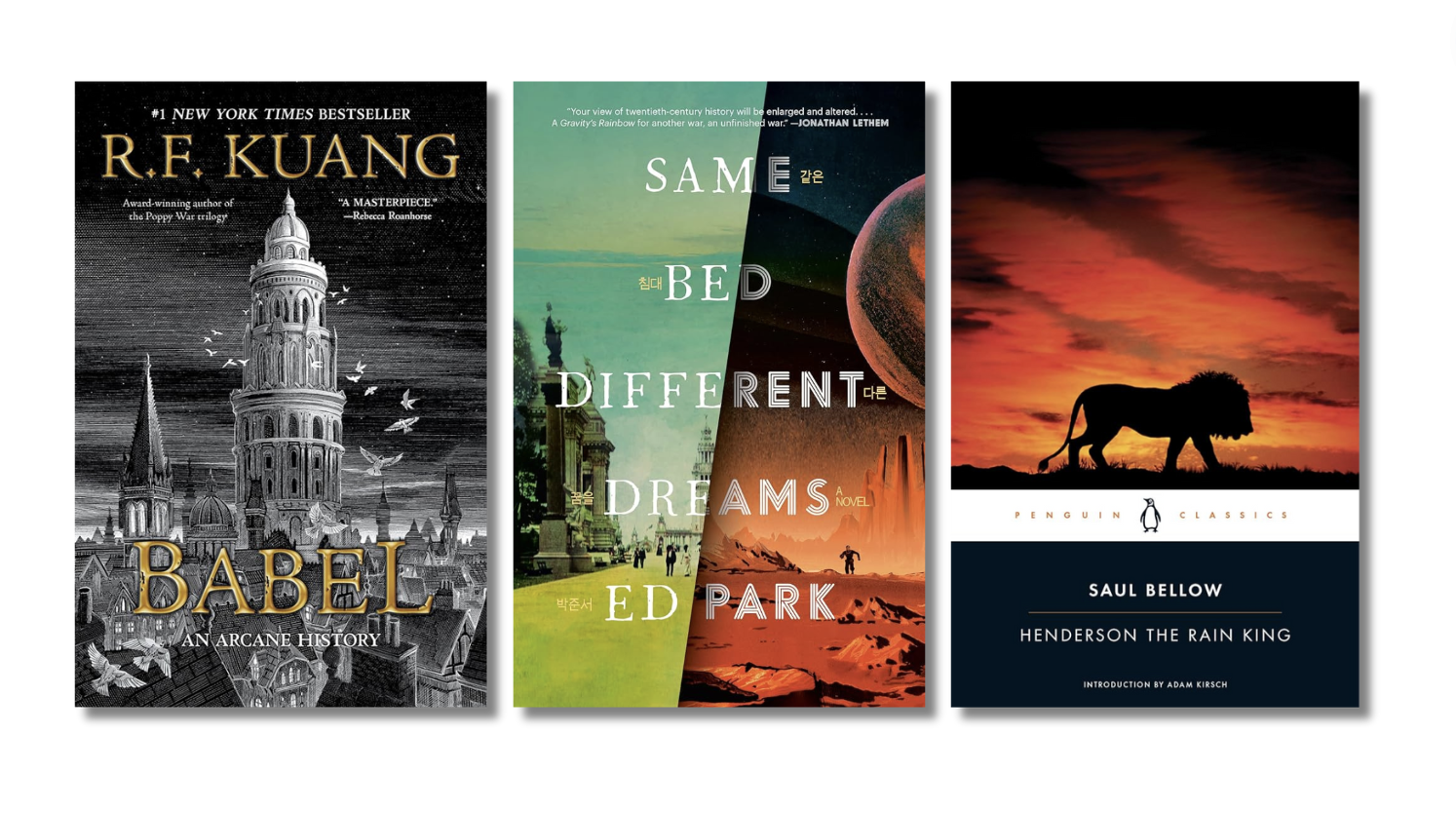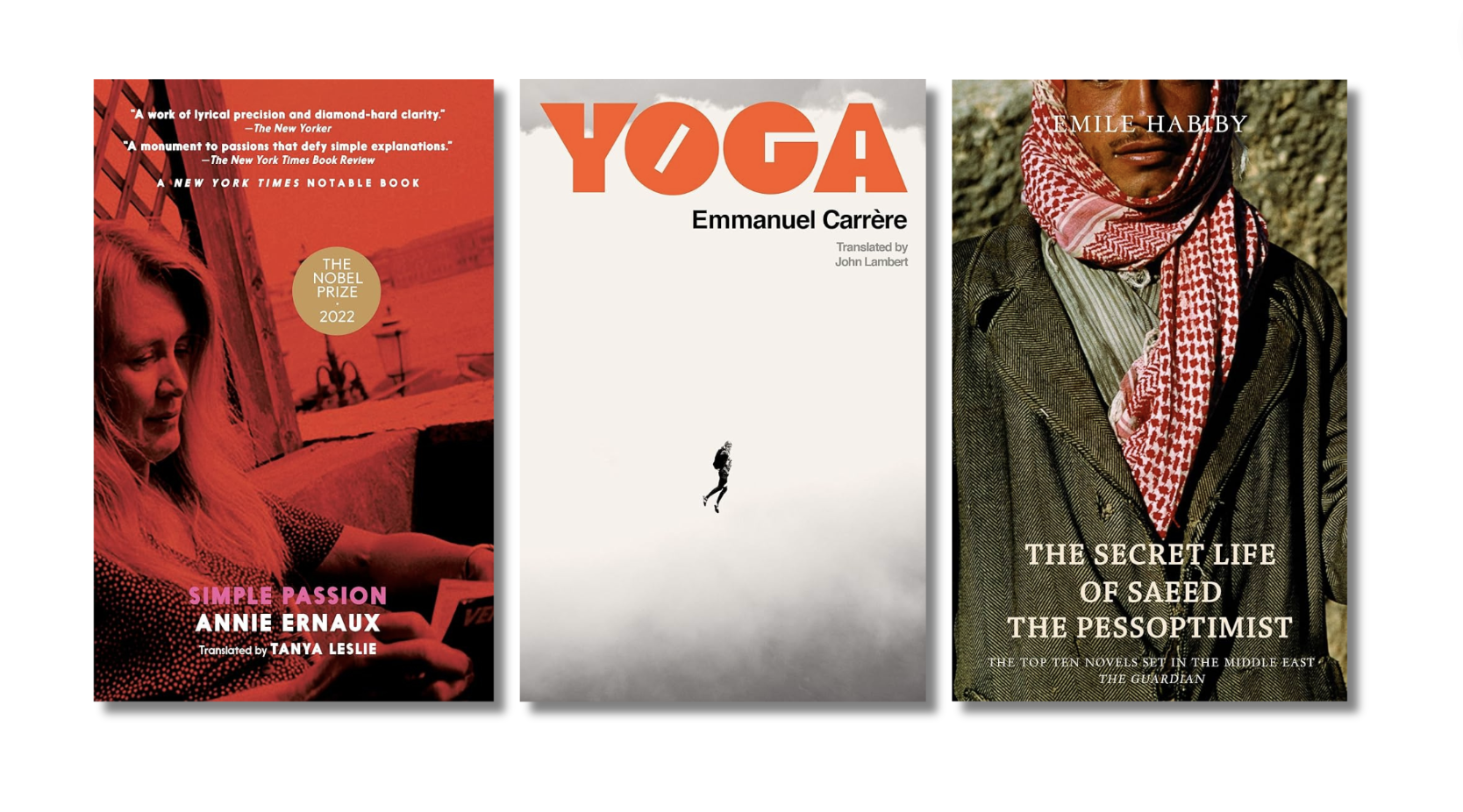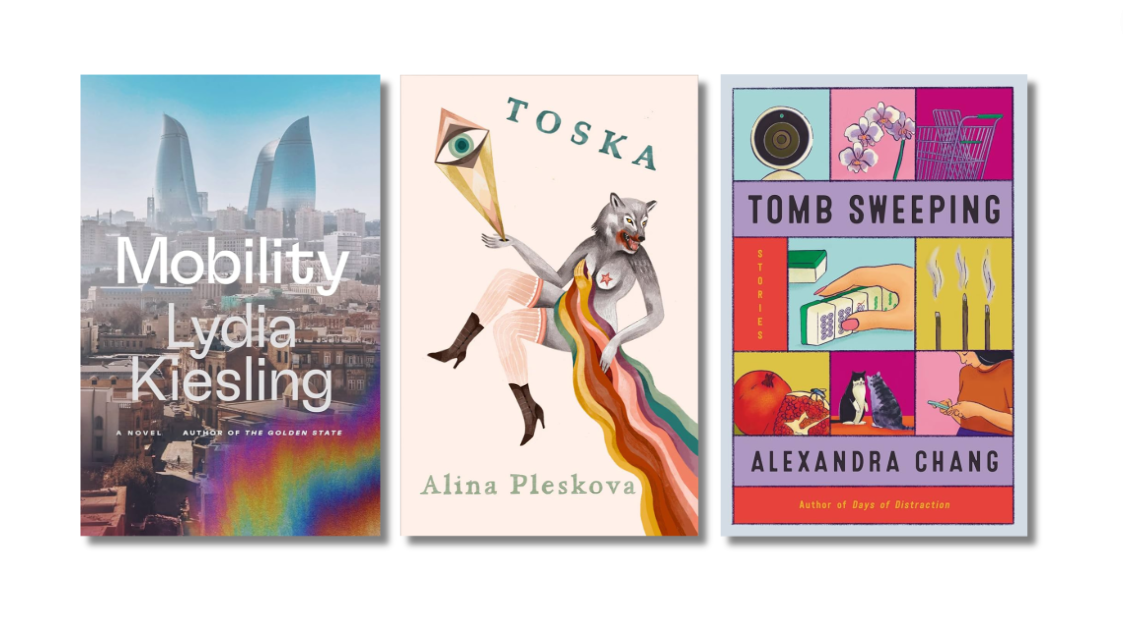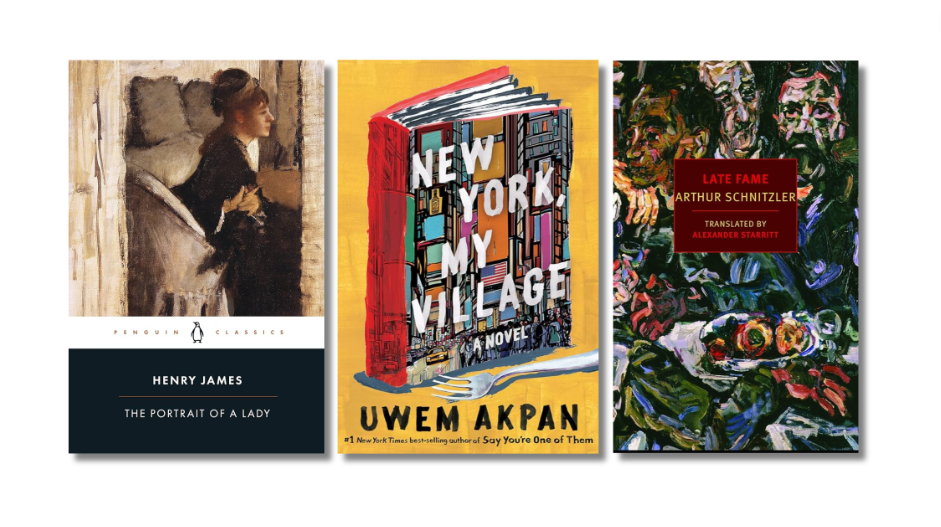 A less audacious author, when splitting his 600-page epic of the American West into three separate narratives, would have simply written three books and published them as a trilogy. That way, readers could skip the less scintillating sections of Philipp Meyer’s The Son and focus only on the near-mythic tale of Eli McCullough, the first boy born in the Republic of Texas, who is kidnapped as a child and raised by wandering Comanche warriors.
A less audacious author, when splitting his 600-page epic of the American West into three separate narratives, would have simply written three books and published them as a trilogy. That way, readers could skip the less scintillating sections of Philipp Meyer’s The Son and focus only on the near-mythic tale of Eli McCullough, the first boy born in the Republic of Texas, who is kidnapped as a child and raised by wandering Comanche warriors.
But then Meyer, a high school dropout from Baltimore, Md., who worked as an emergency medical technician and a derivatives trader before quitting to become a writer, does nothing by half-measures. Meyer had not lived in Texas until he moved to Austin for grad school in 2005, but he spent five years researching and writing The Son, reading some 300 books on Texas, teaching himself how to hunt with a bow, and shooting a buffalo so he could experience what it was like to drink its blood.
 Meyer’s research methods may sound extreme — or perhaps exaggerated, depending on your degree of cynicism — but, whatever, it pays off on the page. The sections of the novel dealing with Eli’s son, Peter, and his great-granddaughter, Jeannie, brim with historical insights but occasionally stall out as narrative. The long sections about Eli and his years riding with the Comanches at the blood-soaked edges of the American frontier, on the other hand, are as riveting and sensually vivid as any book I’ve read about the American West since Cormac McCarthy’s Blood Meridian.
Meyer’s research methods may sound extreme — or perhaps exaggerated, depending on your degree of cynicism — but, whatever, it pays off on the page. The sections of the novel dealing with Eli’s son, Peter, and his great-granddaughter, Jeannie, brim with historical insights but occasionally stall out as narrative. The long sections about Eli and his years riding with the Comanches at the blood-soaked edges of the American frontier, on the other hand, are as riveting and sensually vivid as any book I’ve read about the American West since Cormac McCarthy’s Blood Meridian.
The Son serves as a bookend to Joseph Boyden’s The Orenda, which I wrote about in last year’s Year in Reading series. The Orenda, set in the 1600s in what is now Ontario, Canada, tackles the story of the European conquest of North America from the Native perspective. The Son, set in Texas in the 1800s and 1900s, comes at the story from the white settlers’ point of view. But both books set out, as only great fiction can, to rewrite the creation myth of white North America from the ground up, replacing the war-whooping Injuns and chaw-spitting cowpokes of an earlier generation of Westerns with dynamic, three-dimensional characters, both Native and white, who are capable of unimaginable cruelty but who never lose their essential humanity.
More from A Year in Reading 2014
Don’t miss: A Year in Reading 2013, 2012, 2011, 2010, 2009, 2008, 2007, 2006, 2005
The good stuff: The Millions’ Notable articles
The motherlode: The Millions’ Books and Reviews
Like what you see? Learn about 5 insanely easy ways to Support The Millions, and follow The Millions on Twitter, Facebook, Tumblr.


